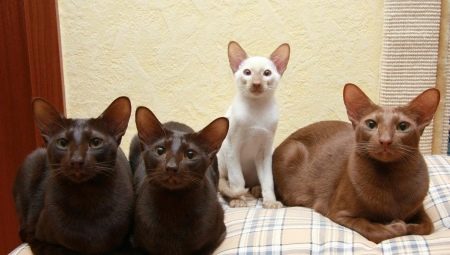Javanese cat or javanese is considered a fairly popular breed. This animal is characterized by oriental features, as well as a playful character.
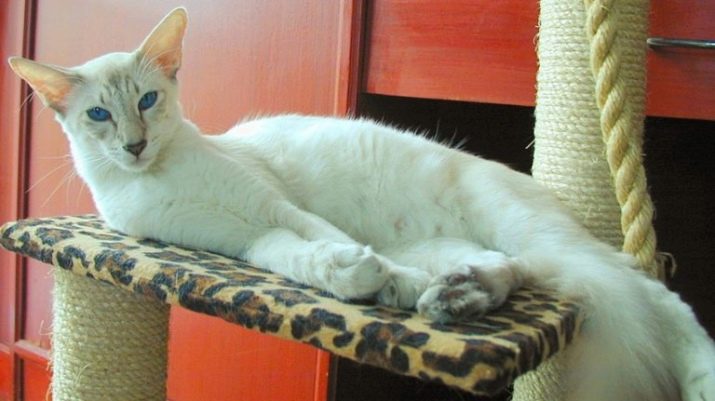
Origin history
The birthplace of a Javanese cat is considered to be North America. The breed was bred as a result of an experiment by young scientists: M. Davis and E. Sendner. The aim of the work of women was to breed a cat, which will have an external resemblance to the oriental, as well as long coat, painted with point shades. In 1978, they crossed representatives of the Siamese breed with Balinese cats. The result of painstaking work was the birth of babies with long fluffy hair and the color of the Siamese breed.
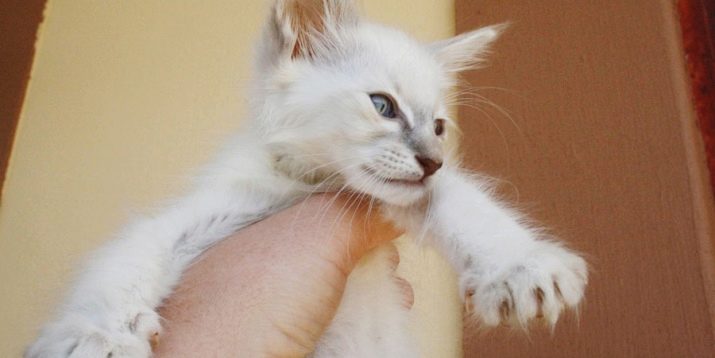
In 1979, Javanese was officially registered. To date, many international phenological organizations, including WCF and FIFe, have recognized the Javanese cat.
Description
Javanese cat is a medium-sized pet, it has a massive body structure, which can not be said about other individuals of the eastern breeds. The body is characterized by an elongated shape, it is elegant and flexible, the muscles are very well developed. The legs of the pet are long and strong, the pads on the legs are small, they have an oval shape. The tail is thin and tapers towards the end.
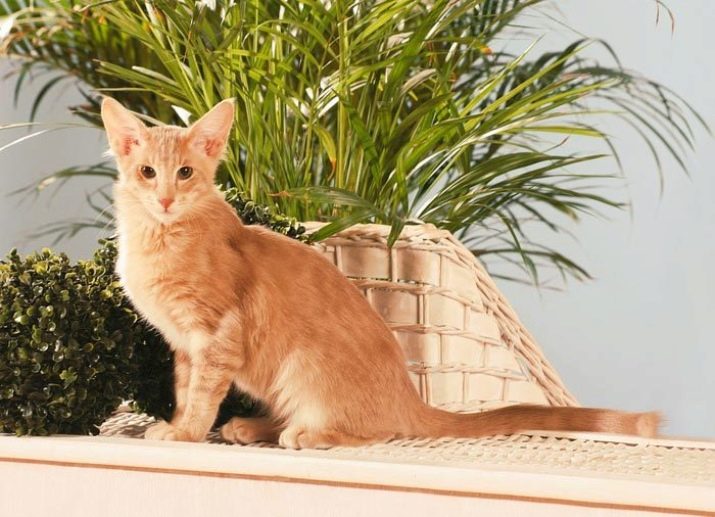
The neck is long, beautiful, with a head with a regular wedge-shaped shape. The javanese ears are set wide, they are large, with pointed tips. The muzzle of the cat is characterized by an elongated shape and rounded cheeks. The nose is long and straight. The eyes of the pet are almond-shaped, they are widely set and mow a little. The color of the visual organs can have any shade of green or blue.

The javanese fur is silky, soft and pleasant to the touch.The shorthair cat has no undercoat. The collar consists of long hair, as does the ponytail. The weight of an adult rarely exceeds 5 kilograms.
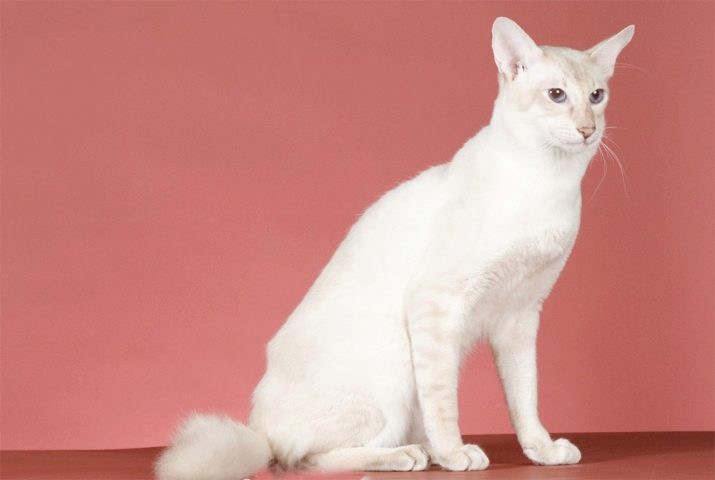
Character Features
Javanese cats are characterized by a strong affection for their owners. They like not to lose sight of the owner and not to leave him. The animal prefers to be near the person during sleep, and also often to sit in his arms. This pet is not as noisy as the Siamese, however, the stubbornness in it is the same. The cat constantly wants attention to itself, and also shows a desire for universal control.
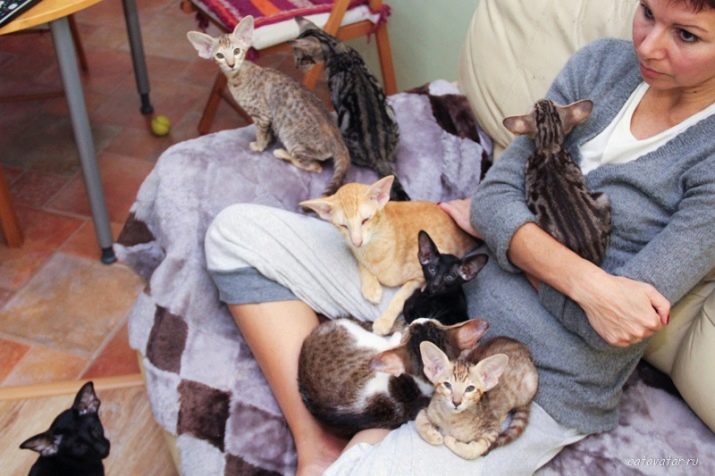
Javanese is distinguished by cleverness, dexterity and sportiness. Kittens love to play and climb trees and scratching post. An adult pet can be taught to walk on a leash, as well as perform some tricks. So that the animal does not make a mess in the house, it should be occupied with some business or a toy. This breed of cats is not suitable for pedantic and calm people.
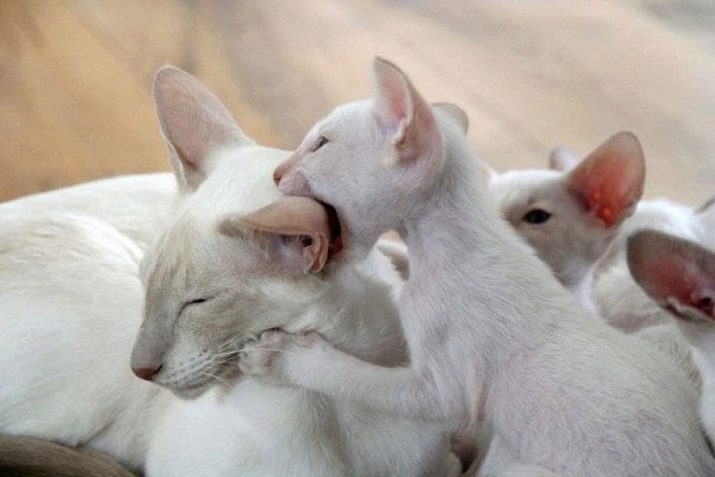
Painful for Javanese cats is loneliness, therefore it is recommended to have several pets at once. This breed is considered one of the kindest in the world. It is common for a cat to quickly find a common language with all members of the family.
In relation to children, animals do not show aggression.

Color options
Unlike Balinese cats, javanese is usually painted in point shades. Long and painstaking work of scientists brought the animal with the following possible colors.
- Solid color point located on the main white color. This color can have a variety of shades, for example, light smoky, silver, red or cream with a pink nose, the color of cinnamon with a beige nose, as well as a faun with a delicate pink nose.
- Lynx Point. This type of color can have various options, from blue to cake.
- Party color point may have a variety of staining combinations.
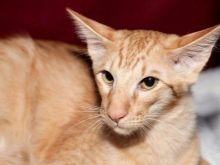


Conditions of detention
Since javanese is an animal with a rather active lifestyle, its habitat should be spacious. That is, if you have a small apartment, then it is better to refuse a pet of this breed. An ideal option can be called a country house, because it is there that the cat will have a lot of space for entertainment. They do not tolerate tightness very well, but there are exceptions to this rule. In this case, the owner should be prepared for the fact that the animal will touch even prohibited items.
If this is possible, then you should walk the Javanese cat as often as possible. For such procedures, a leash and harness must be purchased in advance. This breed of cats likes outdoor games, they are good for wearing on their hands.
The owner should protect the pet from aggression from unfamiliar cats and dogs, as this can result in trauma for javanese.

In terms of care, these cats are undemanding, so there are no problems with them. Some difficulties may be with the hair of the pet, as you will need to monitor it constantly. The properties and structure of Javanese cat fur contribute to ease of grooming. Animals have no undercoat; their fur coat is characterized by silkiness and subtlety. That is why comb the cat enough once every 7 days.
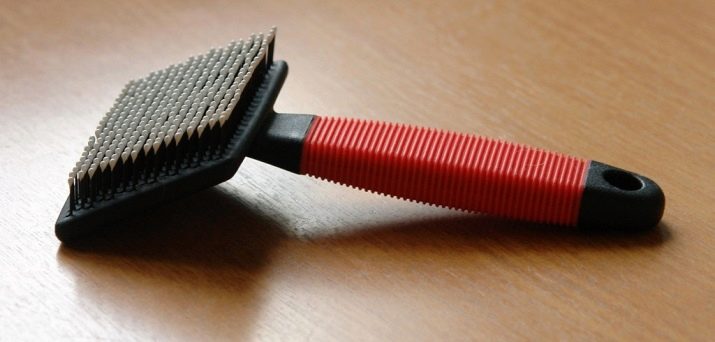
Water causes feelings of fear in the Javanese breed, so they have a negative attitude to swimming. It’s not worth bathing such an animal more than a few times a year, since the cat can cope with this task on its own. If, nevertheless, it was decided to bath the cat, then it is worth using a special zoological shampoo, which is designed for fine-haired pets.

Since the ears of a curious javanese are large, they often gather dirt. Therefore, the shells of the animal must be cleaned several times a week, using a cotton pad soaked in hydrogen peroxide or a special tool. Wiping your eyes with javanese is worth every morning. For this purpose, cotton swabs dipped in boiled water are used.A good option is to use decoctions of herbs, for example, chamomile, calendula.
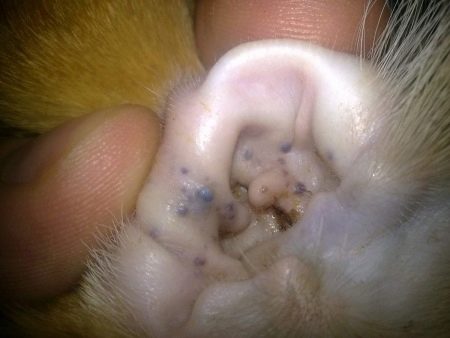
Claw shortening of a Javanese cat is required several times a month. The owner should acquire special scissors for this procedure. In order for the cat to be able to independently remove keratinized nail plates, he will need a quality nail claw. And so that the pet does not have problems with the teeth and gums, the owner should once every 7 days carry out hygiene procedures in the oral cavity of the cat. The best option for these events will be a paste that does not require rinsing, and a small soft brush.
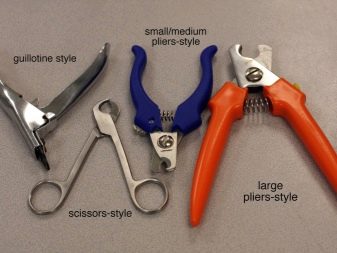

As a toilet, any tray is suitable for javanese, since the cat has no special requirements in this regard. The filler is also worth choosing at your own discretion.
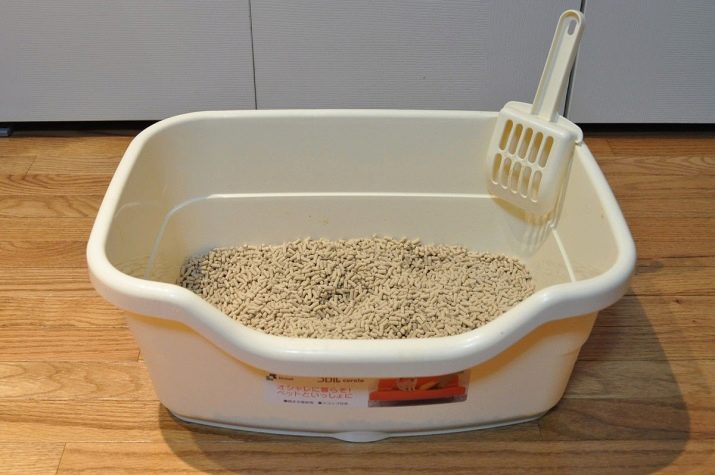
Feeding
In feeding a Javanese cat, you should adhere to two rules:
- use only fresh food and quality food;
- do not bring the animal to overfeeding.

This breed of cats, like its related Himalayan, has a tendency to overeat and suffer from this obesity. Javanese kittens are characterized by high activity, so they often spend almost the entire supply of vitamin B, which may cause a lack of it.
The owner of the baby should add to the main diet of the kitten an eighth of a teaspoon of brewer's yeast.
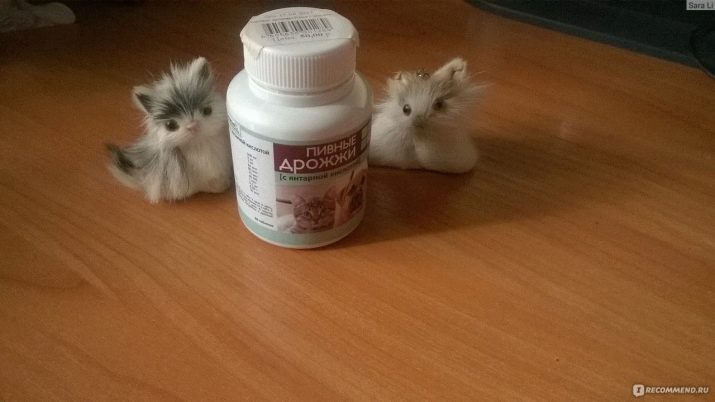
To make the pet's coat look beautiful, it is better for Javanese to give balanced foods in which amino acids and zinc are present. The whims of this animal regarding nutrition was not noticed, however, it should be fed correctly. The best option for your pet is a premium dry industrial feed. Fish feed is not suitable for this breed, as from it the hair can become dull and dark.
The best foods for adult javanese are the following:
- Royal canin indoor - This is a premium French product;
- Acana Grasslands - Canadian holistic;
- Summit Original Indoor Cat Recipe - Canadian super-premium product;
- Fitmin For Life Hairball - Czech food of the highest category;
- Go! Natural Chicken, Turkey + Duck Recipe - Canadian holistic.
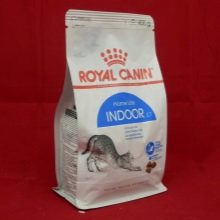
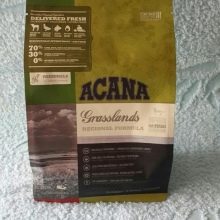

Kittens can be given the following types of food:
- up to four months of age - Wahre Liebe Junge;
- from two months of age - Orijen Cat & Kittens;
- Royal Canin Kitten.
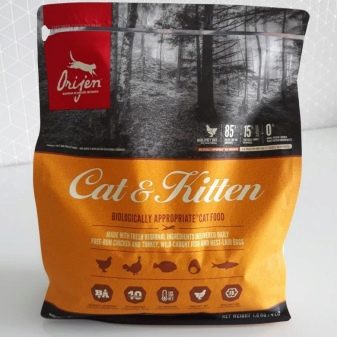
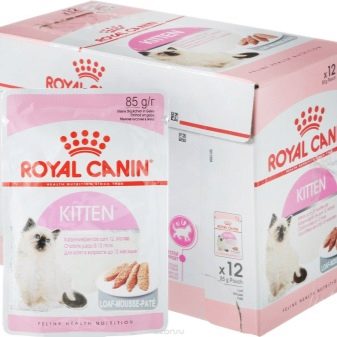
If the owner of the Javanese cat prefers natural products for feeding the pet, then he must remember that it is forbidden to mix them with store food. The basis of the animal’s diet should be meat, as it contains essential amino acids. The menu may consist of such products:
- beef in the form of offal and muscle tissue;
- chicken;
- rice, buckwheat, oatmeal;
- vegetables, herbs, with the exception of potatoes, onions, herbs;
- cottage cheese, kefir, yogurt;
- a raw egg.

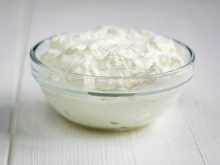

The daily percentage of protein in javanese food should not exceed 60 percent, otherwise the quality of the animal’s coat may be affected. In turn, fat should be no more than 30 percent. In food cats can add egg yolk, oil of vegetable or animal origin. Carbohydrates should be the least. Getting vitamins comes from the consumption of vegetables and dairy products.
Breeding
In Russia, this breed of cats is not very popular. The greatest distribution is observed in America, Canada. The breeding of this animal is carried out in the nursery, the main focus of which is the Balinese and Oriental breed.
Breeding cats on their own is a very time-consuming task, and it will be very difficult to implement it. The breeder will need to get an appropriate education, open a nursery, purchase animals, participate in exhibitions with them for admission to mating. It’s not possible to breed javanese just in the conditions of an apartment or a house.
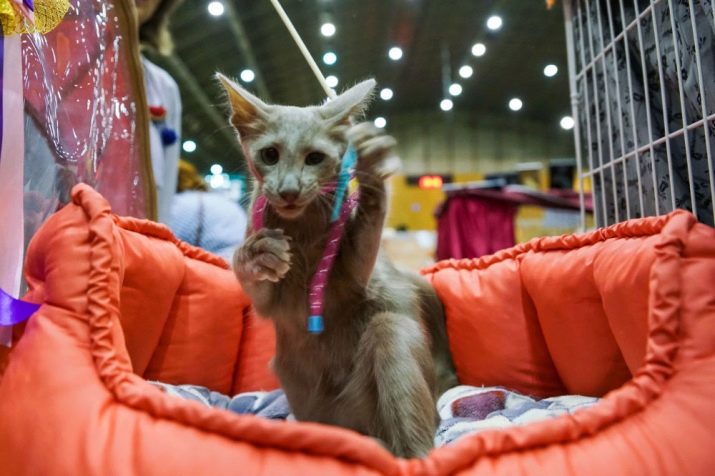
Javanese cat is an animal that has a good and non-aggressive character, it is playful and very devoted to humans.Bringing such a resident into the house, you can get a smart friend for adults and children.

For how to care for Javanese cats, see the next video.
